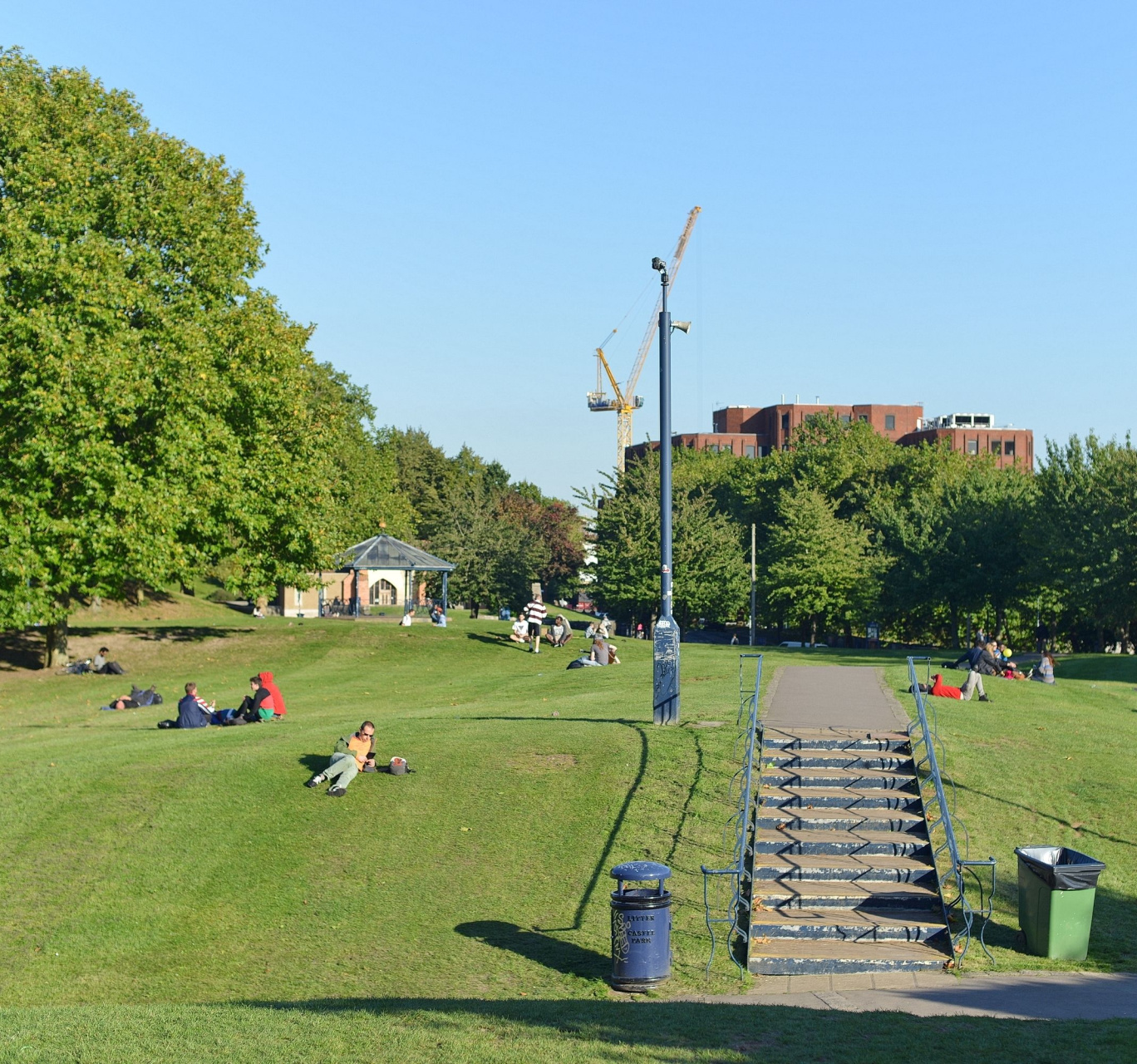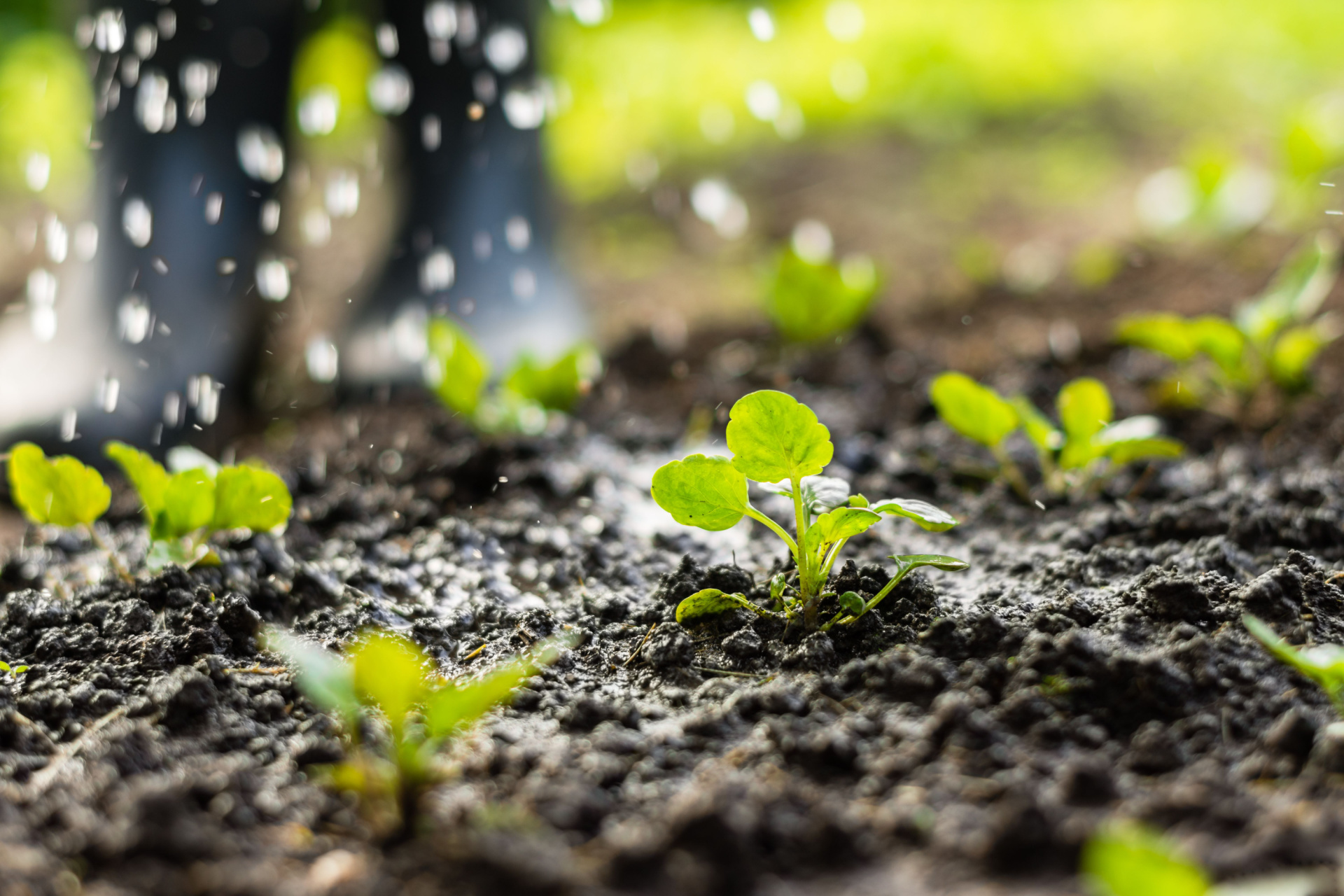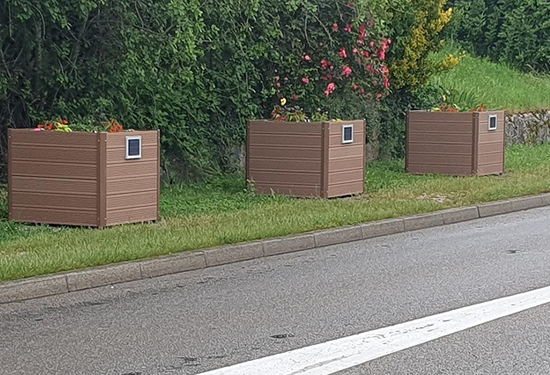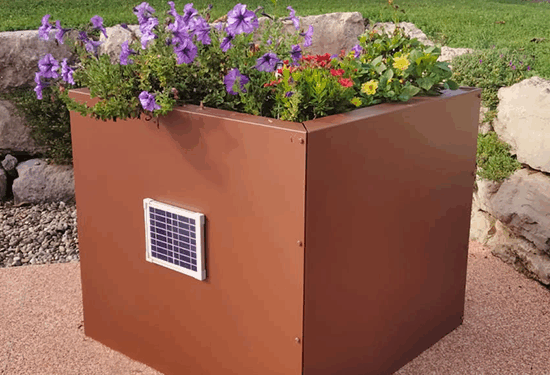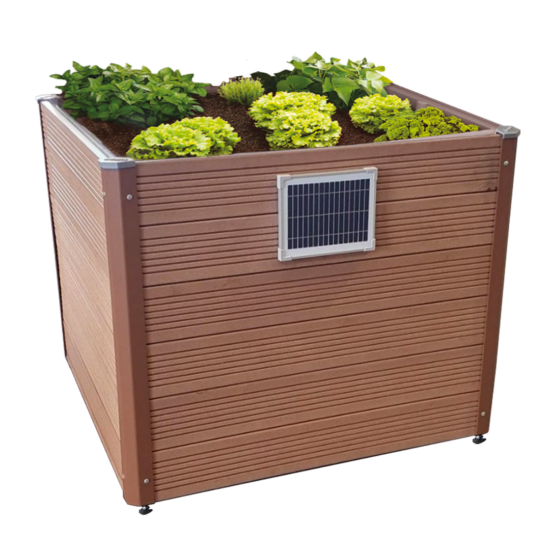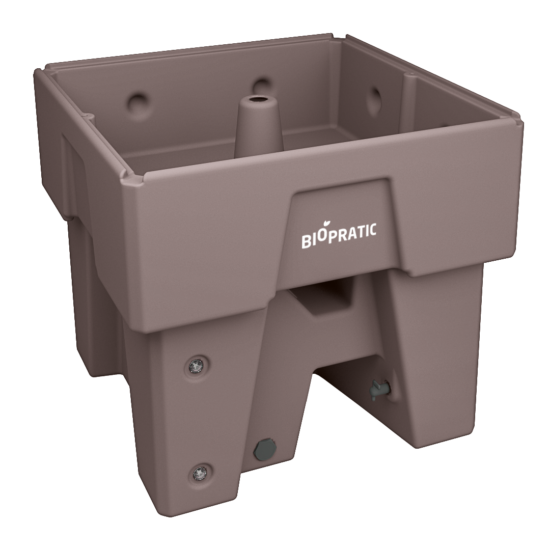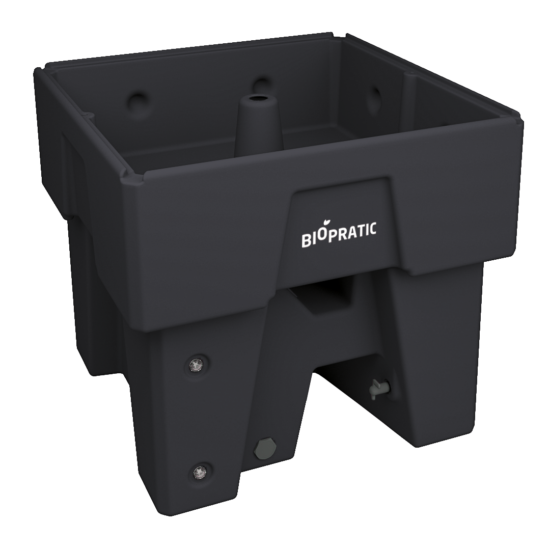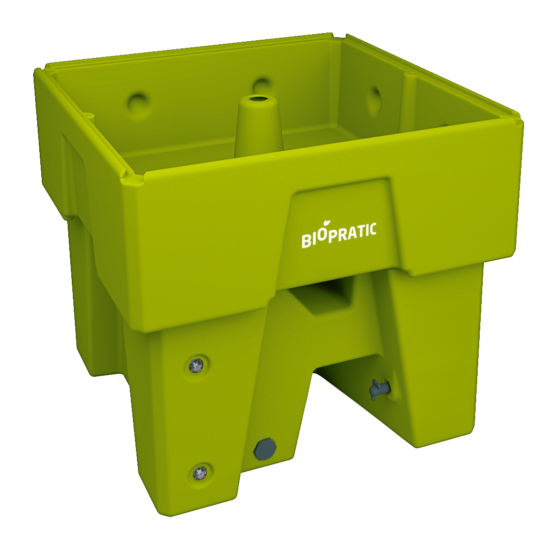Enhancing public spaces
Currently, the landscaping of public spaces is a real source of concern for local authorities for a variety of reasons (water restrictions due to climate change, management of staff maintaining green spaces, pressure from residents on water management, vandalism, etc.). What solutions can be found?
As we know, planters help to create more pleasant, sustainable urban environments that favourable to biodiversity, by adding greenery, colour and aesthetic appeal where tarmac has reigned supreme for far too long.
They are often installed along pavements, in parks, in public squares and other areas frequented by the public.
These planters with different sizes and shapes, from simple flower pots to more elaborate and architectural structures are generally containers filled with soil, and are usually made from materials such as wood, metal or plastic.
They can create a pleasant and welcoming atmosphere for residents and visitors, will helping to improve the environment (air quality, filtration of pollution particles, etc.)
Positive effects for everyone
Green spaces have not only proven beneficial for people’s mental and physical health, they also help to control temperatures in urban environments!
Planters in public spaces bring people closer to nature, which can help them to relax and reduce stress, especially the elderly and people with reduced mobility.
Planters help to re-introduce pollinating insects such as bees and butterflies and thus help to protect biodiversity, even in urban environments.
Planters in public spaces currently need regular maintenance, in particular when it comes to watering, controlling the size of plants and weeds. It is important to select plants that are suitable for the local environmental conditions and install a suitable watering system.
Our innovative solution
Designed to meet the new challenges of local authorities: maintaining high-quality services and urban planning while saving drinking water!
The new Biopratic model that we offer, according to the same operating characteristics as the original model (200-litre water tanks, autonomous solar-powered watering, permanent collection of rainwater or residual watering water, etc.) was designed to meet the various demands of local authorities who are now withdrawing most of their traditional planters, for the reasons outlined above.
Our top-of-the-range model is made up of 4 composite wood panels housing the planter that will last much longer than other materials, 4 lacquered sheet metal angles brackets with plugs, a solar panel embedded in one of the panels to prevent it from being ripped out, and a communication poster explaining how the Biopratic garden works for those who are curious.
Making watering easier
Watering, especially in the middle of summer, is the most difficult thing to manage.
Many shared community garden projects managed by local residents are springing up in different cities, but lack of time and maintenance and cost constraints are undermining their initial enthusiasm, leaving behind unkempt wastelands.
We have the ideal solution with our planters.
They boast a 200-litre water tank, providing 5 to 8 weeks of autonomy, without a drop of rain, depending on the geographical areas where you are located.
Our solar-powered drip watering system will prevent waste and ensure your plants and harvests are on point at the end of summer.
Our references
Our different colours and finishes
Why choose Biopratic?
Contact us
Would you like more information about Biopratic? Would you like to partner with us?
Do you have a specific request? Contact us by filling in the following form!



